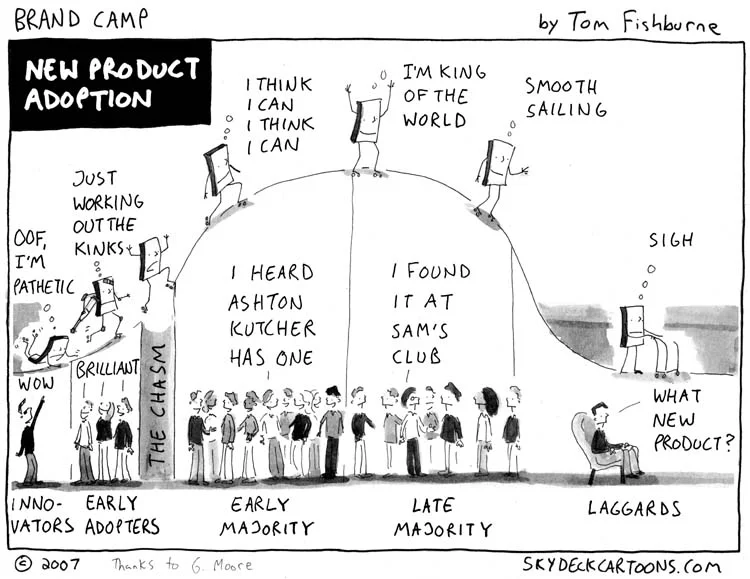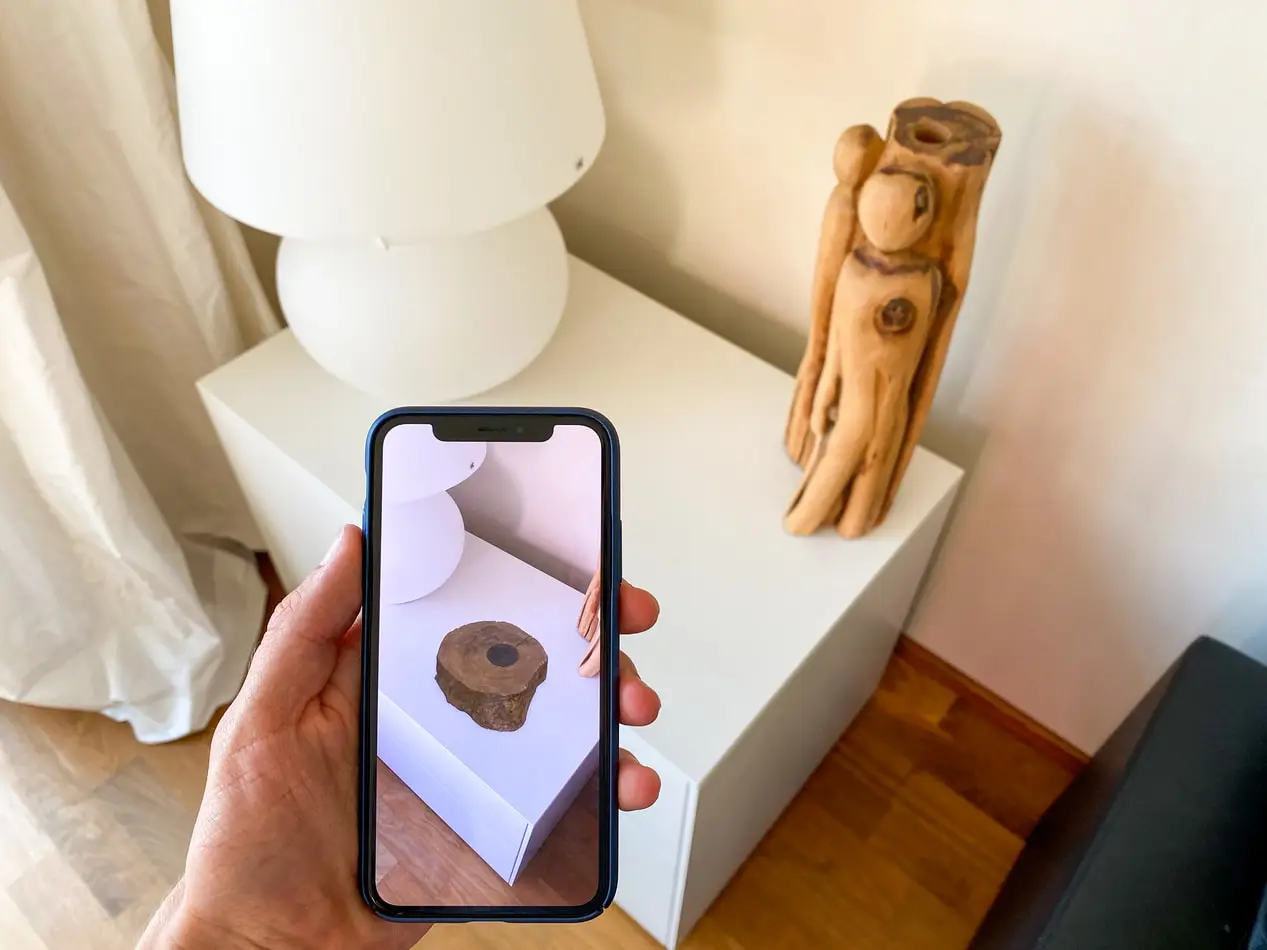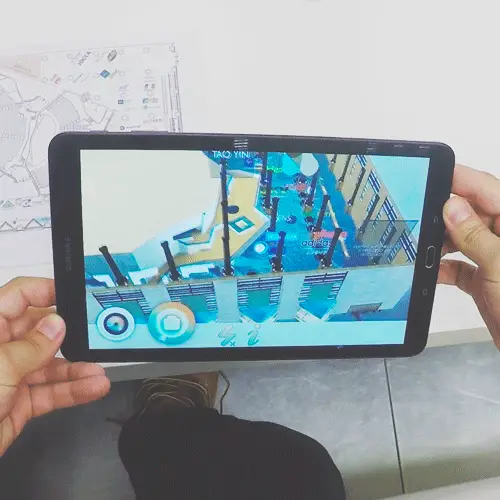What do we mean?
Sometimes - and what is detailed below happens with augmented reality and virtual reality - especially when we are on the threshold of a new world, concepts coming from the future are confused.
Augmented reality uses the real world, the physical one, so that through devices with cameras, we can interact with it digitally. Virtual reality, on the other hand, consists of introducing the user into 100% virtual worlds. Theseare not the physical space in which you are.
When innovators, visionaries, etc., anticipate terms, ideas, products, some time must elapse between the m moment and the moment when they either become popular or disappear. Innovation, when it emerges, has to go through four phases.
Step by step
First, that of the innovators. They usually represent 2.5% of the public and form part of the community in which the innovation in question is born. They deal with it on a day-to-day basis and may even be observers of the innovation's germination process.
Secondly, the so-called early adopters, who represent 13.5%. This group is made up of those passionate about innovation - hence technology - in this case augmented reality and virtual reality, who do not necessarily have to be eminently dedicated to the field in which the novelty is focused. However, being daily, out of curiosity, attentive to novelties, they know it, spread it and try to apply it.
Thirdly, once the frontrunners have managed to make the innovation in question their own, it reaches its third phase. This is known as the early majority. Rrepresents around 34% of the audience. At this point, it has already reached the general public and they are gradually incorporating it into their daily lives.
Immediately thereafter, with the mass-level growth of the innovation, it reaches the late majority (34%), which incorporates it into their daily lives once they have experienced, from the outside, the benefits that the early majority derives from the innovation.
Finally, when it has ceased to be novel, the regretful, who represent 16% of the public, make it their own.

Augmented Reality in Society
That said, augmented reality has already experienced several attempts to reach the mass public. It reached innovators. In the second attempt, it reached early adopters, many of whom have continued to see endless possibilities in it.
The truth is that the time has not yet come for it to go from being a curiosity to being seen and used as a tool to make our lives easier. And both virtual reality and augmented reality are working on it right now, with applications that improve it technically and make it more affordable and functional. The current leading exponent is perhaps Microsoft, with its Hololens, which will be on the market in a few years.
In the near future you will be able to see the augmented reality projects we are working on, for the moment focused on education, and in which we are getting very interesting results.
Until then, be good and happy.
SIMILAR CONTENT












 RETURN
RETURN







